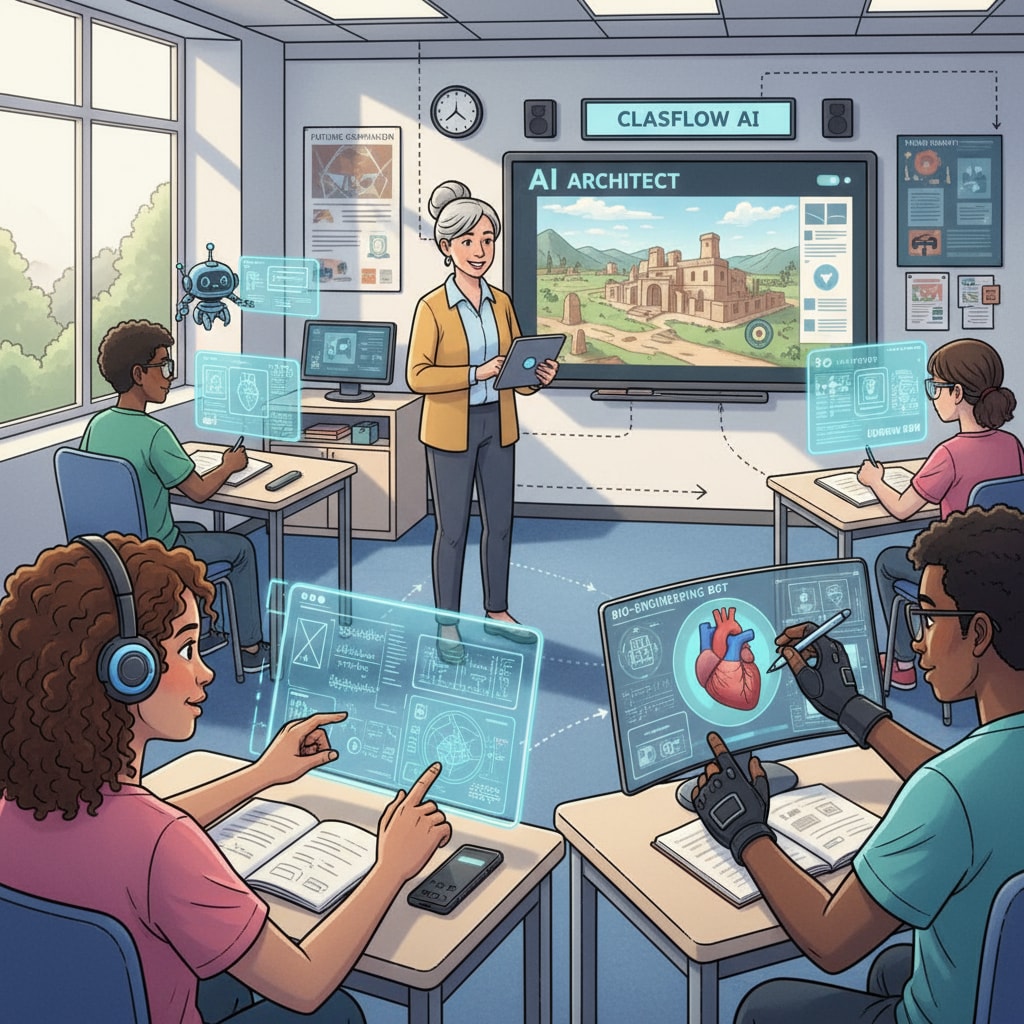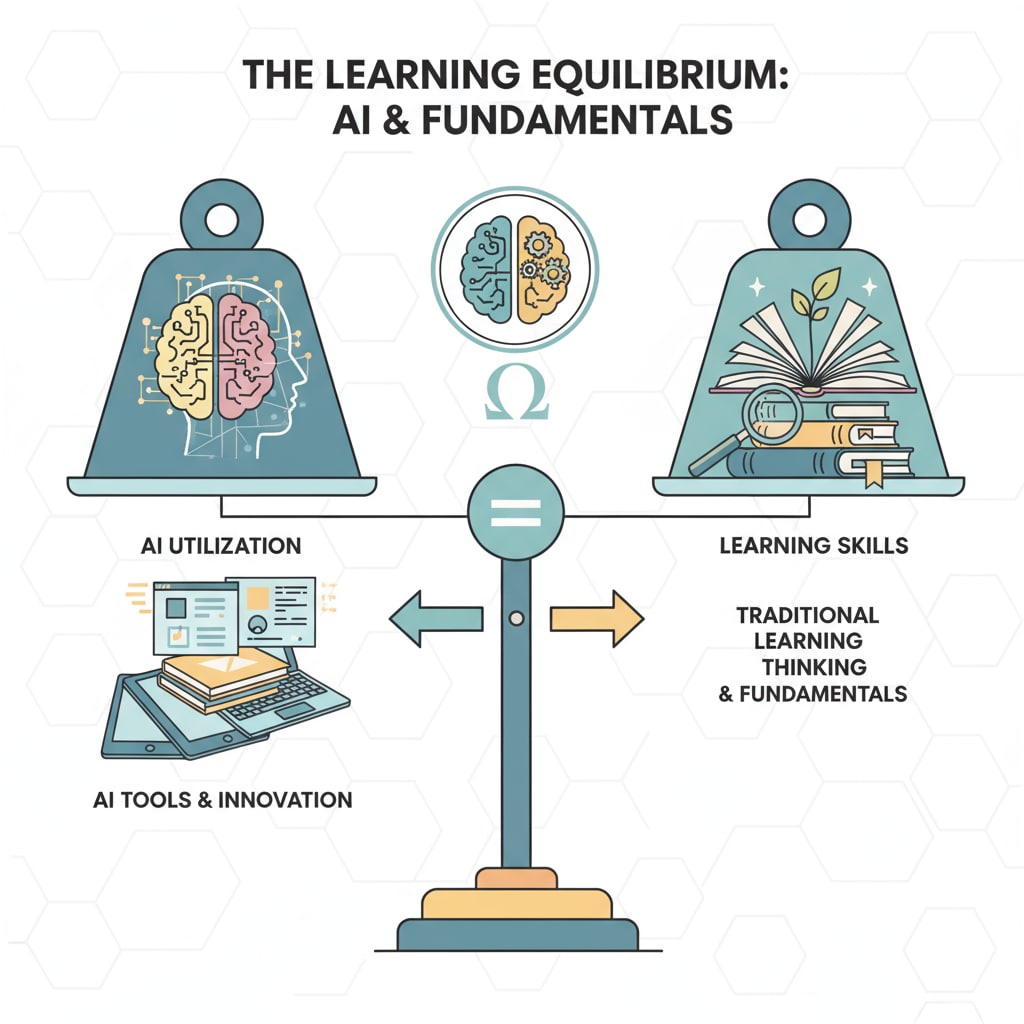Artificial intelligence, education, and learning tools are intertwined in today’s rapidly evolving educational landscape. The advent of AI has brought both opportunities and challenges to K12 education. Let’s first understand the potential of AI as a powerful learning tool in this context.

The Promising Potential of AI in K12 Education
AI has the ability to personalize learning experiences. For example, adaptive learning platforms can analyze students’ learning patterns, strengths, and weaknesses. Based on this data, they can tailor the content and pace of learning to each individual student. This means that students can receive instruction that is precisely suited to their needs, potentially accelerating their learning process. Adaptive learning on Wikipedia
In addition, AI can provide instant feedback. Chatbots and intelligent tutoring systems can answer students’ questions in real-time, offering explanations and guidance. This immediate response helps students stay engaged and clears up their doubts promptly, enhancing the learning experience.
The Inherent Risks of AI in Education
However, there are limitations to be aware of. One major concern is the issue of data privacy. When using AI in education, a vast amount of student data is collected. If not properly protected, this data could be misused, leading to potential harm to students’ privacy. Data privacy on Britannica
Another risk is the over-reliance on AI. If students become too dependent on AI tools, they may lose essential critical thinking and problem-solving skills. After all, these skills are fundamental to their long-term academic and personal development.

To ensure that AI is used appropriately in K12 education, educators and parents need to take proactive steps. They should educate students about data privacy and responsible AI use. Moreover, they should integrate AI into the curriculum in a way that complements traditional teaching methods, rather than replacing them.
Readability guidance: By clearly presenting the potential and risks of AI in education, and offering practical solutions, we aim to help educators and parents make informed decisions. Using short paragraphs and lists makes the information more accessible, while controlling sentence length and passive语态 keeps the text engaging. Transition words like ‘however’ and ‘in addition’ help to guide the reader through the discussion.


